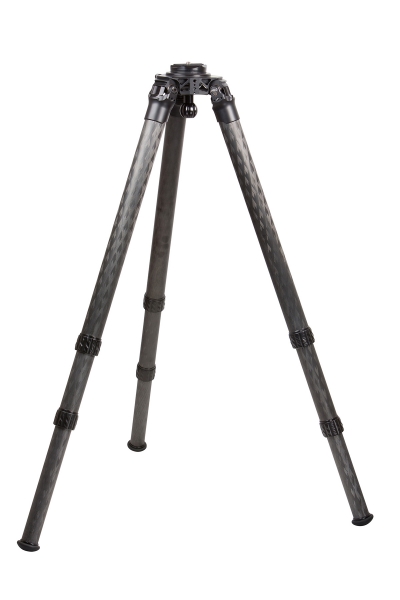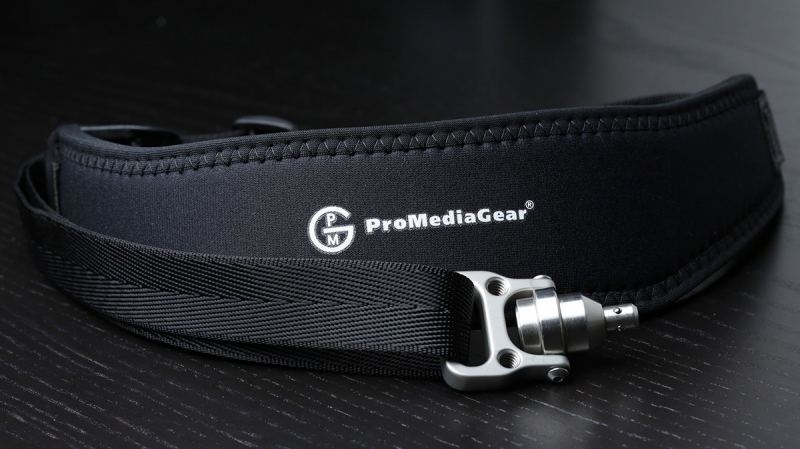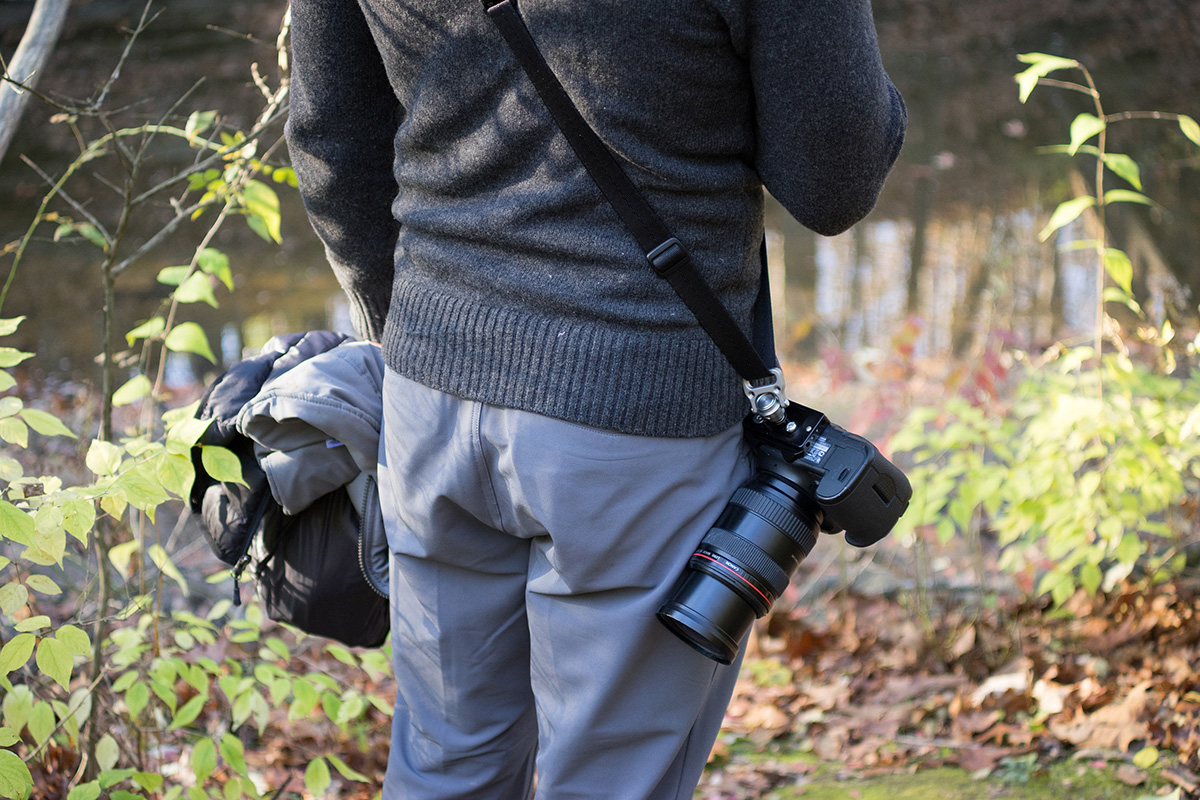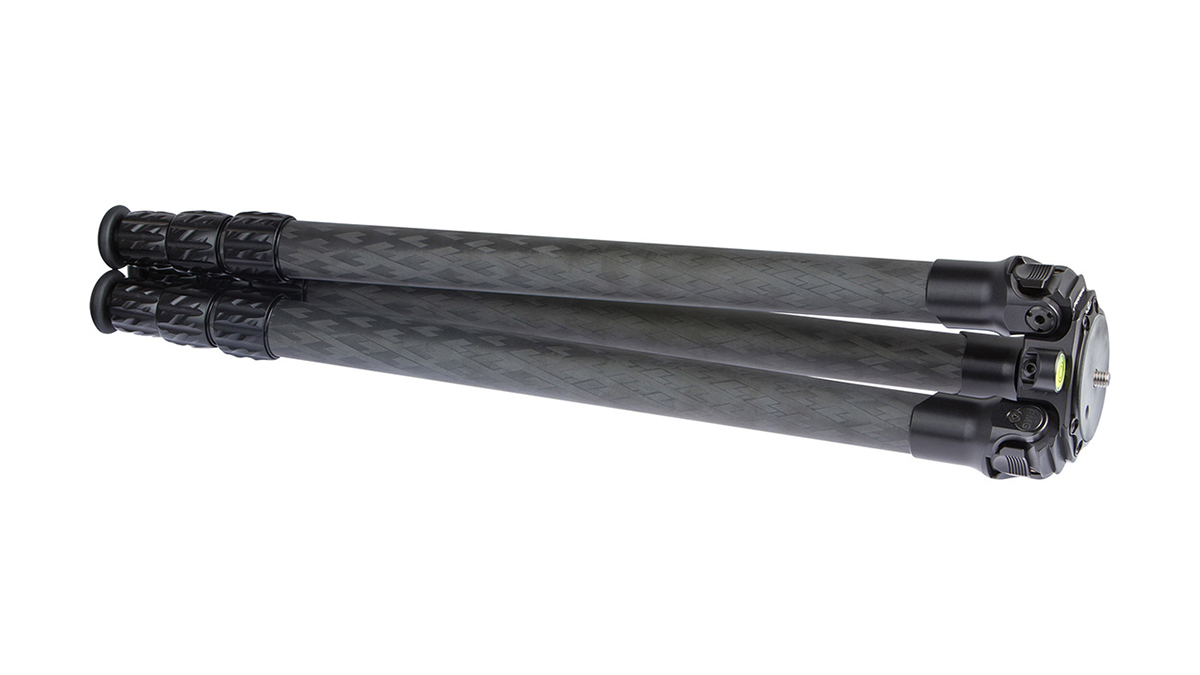Invest in durability and stability
Even in these days of image stabilization and vibration reduction built into cameras, using a tripod liberates your body, freeing up energy that can be better
• February 2018 issue
Even in these days of image stabilization and vibration reduction built into cameras, using a tripod liberates your body, freeing up energy that can be better spent paying attention to your subject, to the light, to framing and composition, and to all the small details that make or break a photo. Tripods can be heavy and bulky, but they don’t need to be. Though expensive, a good tripod is a long-term investment that pays for itself many times over years of use and abuse.
Qualities to look for in a tripod include rigidness, a high strength-to-weight ratio, and vibration dampening. There are some simple tests for these qualities: Does the tripod flex when you push down on it while turning your palm? Does a hard finger flick make it vibrate? With the legs fully extended and your favorite tripod head and camera mounted, does the viewfinder reach your eye level?
 For versatility, tripod legs need to spread independently of each other and reach a nearly flat angle. The leg locks should be easy to grasp and operate smoothly whether you are barehanded or wearing gloves. A center column is useful when you need to adjust height quickly and when working on stairs, but be aware that it lowers stability and adds weight.
For versatility, tripod legs need to spread independently of each other and reach a nearly flat angle. The leg locks should be easy to grasp and operate smoothly whether you are barehanded or wearing gloves. A center column is useful when you need to adjust height quickly and when working on stairs, but be aware that it lowers stability and adds weight.
With most tripods you have a choice of aluminum or carbon fiber composite legs. Metal tripods are less expensive, so why spend money on carbon fiber? Multi-ply carbon fiber composite material weighs a lot less than metal yet has a much greater strength-to-weight ratio and better vibration dampening. Carbon fiber composite material starts as a flexible cloth made of resin and threads of carbon fiber. In an oven filled with inert gas, layers of the cloth bake around a mold of the desired shape. The heat treatment fuses the fibers into a solid. The result is a very strong yet lightweight product—up to 10 times stronger than the same product made from steel. Another reason to go with a tripod that has lightweight, high-quality carbon fiber legs is that you’ll want to use it more often.
New tripods from ProMediaGear
First, a bit of background. ProMediaGear’s history is a story of three enterprising brothers: Tom, Matt, and Dariuz Fudala. All have engineering degrees. Tom and Matt are wedding and event photographers. In the early 2000s Matt and Dariuz opened a machine shop. In 2009, the three created ProMediaGrear to manufacture tools for photographers and videographers. Today, the company’s range of products includes flash brackets, double-sided sliders, gimbal heads, and related equipment, including two series of professional carbon fiber-leg tripods, the Pro-Stix 34 and 42.
 The Pro-Stix 34 has 34mm diameter upper sections; the Pro-Stix 42 series uses 42mm diameter upper sections. All models have finger-friendly push-pull action on the leg angle stops, easily operated collars on the legs that lock and unlock with a quarter-turn, and twin guide rails molded to the inside of the tubes that prevent the leg sections from rotating. The apex, fittings, and locking leg collars are CNC-machined T6061 aluminum.
The Pro-Stix 34 has 34mm diameter upper sections; the Pro-Stix 42 series uses 42mm diameter upper sections. All models have finger-friendly push-pull action on the leg angle stops, easily operated collars on the legs that lock and unlock with a quarter-turn, and twin guide rails molded to the inside of the tubes that prevent the leg sections from rotating. The apex, fittings, and locking leg collars are CNC-machined T6061 aluminum.
Inside the hard rubber feet are reversible 1.75-inch hardened stainless steel spikes. Two head platforms are available: a standard flat plate or an optional bowl and 75mm diameter hemispherical leveling platform. ProMediaGear plans to introduce a center column option early this year. Both series come in a range of maximum heights and either three or four sections.
I’m 6 feet, 5 inches tall, so for testing, I chose the tallest of the Pro-Stix TR34 models, the TR344L. This model has four leg sections and a maximum height of 70.7 inches.
ProMediaGear rates all Pro-Stix 34 models as safely supporting up to 60 pounds. With the optional TRB3475 bowl adapter and 75mm TRBU75 leveling head, the TR344L is 24.8 inches long—short enough to pack in a standard size suitcase—and weighs 4.8 pounds.
For three months I’ve used the tripod almost daily for still, panorama, and video work in conditions ranging from hot, dry, and dusty to damp and cold. And the TR344L still feels brand new (even after taking a few accidental falls and spending weeks bouncing around in the back of my truck). The leg locks and angle stops still work smoothly and are easy to turn, even with cold, wet hands.
PLATE AND SLING CARRY ACCESSORIES
ProMediaGear sent along a PBX3 Universal Bracket Plate for use in Arca-Swiss-compatible quick-release clamps and an SS2 Shoulder Sling Strap and SS2P1 Quick Connect Adapter. The PB series quick-release plates also work as the nexus for a wide range of flash brackets, handles, and video C-cages. They have a receiver for the company’s SS2P1 quick-release strap adapter.
 I tested the PBX3 plate and sling strap with a Nikon D850 camera. I also tested them on the rotating tripod mount collar of the AF-S Nikkor 70-200mm f/2.8E ED VR II and with the larger, heavier 7.4-pound AF-S Nikkor 200-400mm f/4G ED VR II lens. In my 34 years of using various quick-release types, the PBX3 is the first universal quick-release plate that never twisted out of position during use.
I tested the PBX3 plate and sling strap with a Nikon D850 camera. I also tested them on the rotating tripod mount collar of the AF-S Nikkor 70-200mm f/2.8E ED VR II and with the larger, heavier 7.4-pound AF-S Nikkor 200-400mm f/4G ED VR II lens. In my 34 years of using various quick-release types, the PBX3 is the first universal quick-release plate that never twisted out of position during use.
 While nothing I used came close to even 10 percent of ProMediaGear’s claimed limit of 300 pounds of dead weight, the strap and SS2P1 held all three securely. The slender gap between the yoke and the locking mechanism of the SS2P1 keeps unwanted fingers from easily unlocking your camera or lens.
While nothing I used came close to even 10 percent of ProMediaGear’s claimed limit of 300 pounds of dead weight, the strap and SS2P1 held all three securely. The slender gap between the yoke and the locking mechanism of the SS2P1 keeps unwanted fingers from easily unlocking your camera or lens.
As a commercial photographer who regularly works with my camera handheld and on a tripod, I found this strap and adapter the first sling carry method that’s both practical and secure enough for a heavy camera or big telephoto lens.

Tags: gear location photography tripods


